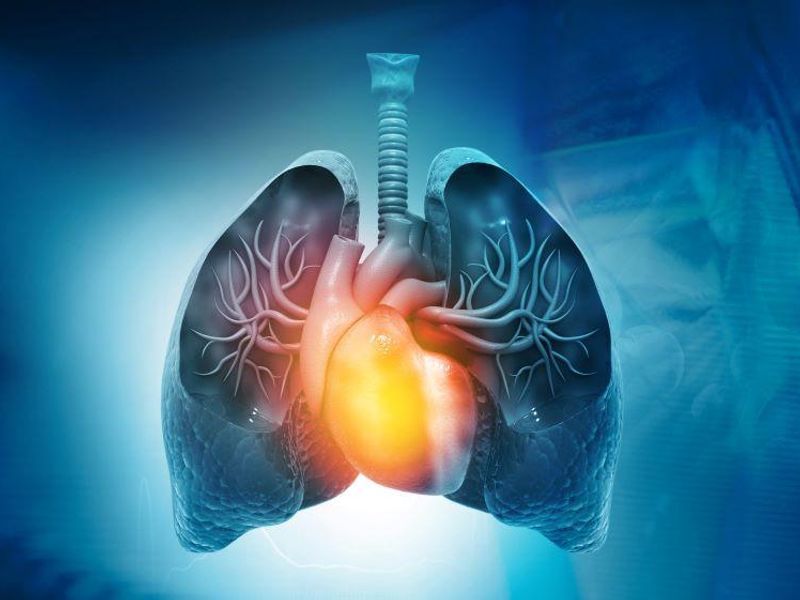Transplant-free survival predicted by cfDNA levels stratified into tertiles, REVEAL risk groups; discrimination increased with adding cfDNA to REVEAL
FRIDAY, Sept. 16, 2022 (HealthDay News) — Patients with pulmonary arterial hypertension (PAH) have elevated cell-free DNA (cfDNA), which increases with disease severity, according to a study published online Aug. 25 in Circulation.
Samuel B. Brusca, M.D., from the U.S. National Institutes of Health Clinical Center in Bethesda, Maryland, and colleagues measured plasma cfDNA in two PAH cohorts (A: 48 patients; B: 161 patients) and controls (48 participants) to examine its significance. Patients were divided into low, medium, and high REVEAL risk groups. Total cfDNA concentrations were compared using one-way analysis of variance. Survival was compared between cfDNA tertiles and REVEAL risk groups.
The researchers found that cfDNA concentrations differed among patients with PAH of varying REVEAL risk and controls in both cohorts; the greatest concentrations were seen in the high- versus low-risk category. Death or lung transplant occurred in 14 of 54, 23 of 53, and 35 of 54 patients in the lowest, middle, and highest cfDNA tertiles, respectively, in cohort B. Transplant-free survival was predicted by cfDNA levels stratified into tertiles and REVEAL risk groups. Discrimination was improved with the addition of cfDNA to REVEAL. Increased cfDNA originating from erythrocyte progenitors, neutrophils, monocytes, adipocytes, natural killer cells, vascular endothelium, and cardiac myocytes was seen compared with controls in a methylation analysis of PAH patients. Patients with PAH with high-risk versus low-risk REVEAL scores had greater cfDNA concentrations derived from erythrocyte progenitor cells, cardiac myocytes, and vascular endothelium.
“Validation of these findings in a larger, prospective patient cohort with serial samples will help better define the role of cfDNA in clinical PAH risk prediction,” the authors write.
Copyright © 2022 HealthDay. All rights reserved.








